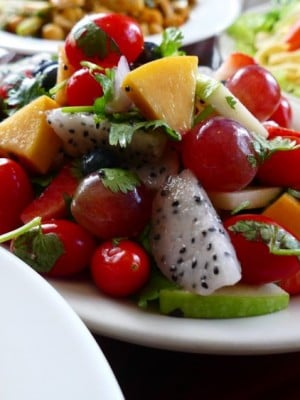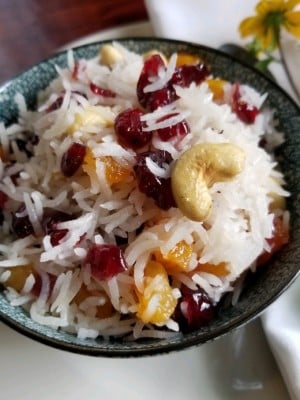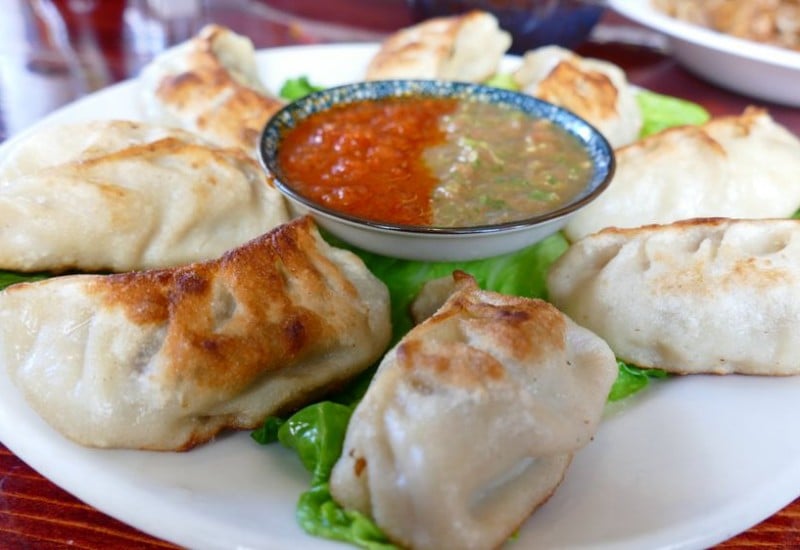

Visit us, call us and Order Online.
24 Pearl Street
Cambridge MA 02139
Phone: (617) 354-8881


Tibet, often called the roof of the world, has gone through many changes over the last sixty years, and so has Tibetan cuisine. Traditional Tibetan cuisine includes various kinds of noodle soup dishes, momos (dumplings), tingmo (Steamed buns), phaley (Wheat breads) and tsampa (barley flour). Ususally our foods are light and not fried, but very filling, and healthy. Becasue of the high altitude in Tibet, there were not many vegetables to choose from, so we do eat meat as a source of fat and protein. Other wise, Tibetans simply could not have survived in the land of Everest for centuries!
As Buddhists, we are always mindful of taking an animal's life while we feed ourselves. Our practical reason for eating bigger animals (like yak or cattle) instead of shrimp, fish or chicken, is that the karmic load of killing one chicken or one yak is the same "one life". However, becasue you can feed more people with one yak, we accumulate less sin in our lives.
Since Tibetans have been in exile for so long, we have developed many new creations of modern Tibetan cuisine prepared in our own Tibetan way, with some influences from other nations. However, Tibetan food is not Indian or Chinese. It is Tibetan cuisine. Being an isolated country with harsh weather conditions, Tibetans did not have lots of variety to choose from. But we are proud of our distinct cuisine and our distinct language. traditions, culture and peaceful religioun. Finally, yes we do use chopsticks.
Here at Rangzen (which means independant), you will find both traditional and non-traditional vegetarian and meat dishes. At the same time, you will see a glimpse of Tibet and remember the techings of his holiness the Dalai Lama. (Compassion is the root of all forms of worship.) Ours is a simple Tibetan family restaurant, where you can experience our 2,500-year old rich tradition as well as enjoy the taste of genuine Tibetan cuisine.
Thank you & Tashi Delek,
Rangzen Tibet, Inc.
For Tibetans, “momo” is always associated with family gatherings in a cozy kitchen, grandparents telling stories about independent Tibet, while outside prayer flags flutter in the wind with the hope of a peaceful world. Very often, in the making of momo, we recite the prayer and murmur “om mani padme hung” with gratitude and compassion. We refer to this as our cooking meditation.
